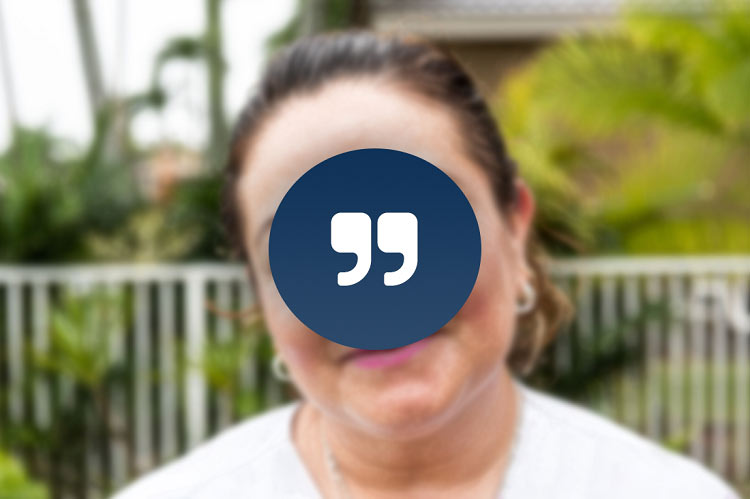Adjustment of Status
Getting a Green Card Without Leaving the United States
Adjustment of Status
Getting a Green Card Without Leaving the United States
Why should I try to adjust status?
Adjusting status is usually the best way to get a green card. Adjustment of status is a way of fixing your papers without having to leave the United States. This is different than Consular Processing, where you are required to leave the U.S. to attend an interview at a consulate abroad.
Our law firm works hard to find a pathway towards Adjustment, wherever it’s available. We want our clients to avoid having to leave the country, to save you the stress
Am I eligible for adjustment of status?
Scenario 1: I last entered the U.S. with a visa
If you entered the U.S. with most types of visas, including a visitor or tourist visa, and you never left, you may be eligible to adjust status based on a family petition. In order to qualify for adjustment, the petitioner must either be a U.S. citizen spouse, parent, or child, or you must have maintained lawful status since your last entry.
Scenario 2: I entered the U.S. illegally, but someone filed a petition for me on or before April 30, 2001.
- Even people who have entered the U.S. without inspection are sometimes eligible to adjust status.
- Under what’s called “245(i) Adjustment,” a person who entered the U.S. without inspection can get a green card without consular processing if he or she was the beneficiary of a green card petition filed on or before April 30, 2001.
- If the petition was filed after January 14,1998 you’ll need to show that you were physically present in the U.S. on December 21, 2000. If the petition was filed before January 14, 1998, you don’t need to show that you were physically present on any particular date.
- To qualify for 245(i) Adjustment, you can either be the principal or the derivative beneficiary of the grandfathering petition. Derivative beneficiaries are the spouse and children (unmarried and under 21) of person who the petition is filed for. If the spouse or child relationship ends after the petition is filed, he or she is still grandfathered and can take advantage of 245(i) Adjustment.
- Remember that even if you have a grandfathering petition from 2001 or earlier, at least one petition still has to have a current priority date. Either the grandfathering petition itself must be current, or another petition must be current. We often file a new petition in conjunction with the old one when we are adjusting a client through 245(i).
- To adjust under this special provision, you’ll need to pay a $1000 penalty fee. It’s a lot of money, but well worth the benefit of adjustment.
Scenario 3: I last entered the U.S. on parole
- Many immigrants last enter the U.S. on parole, which is usually granted via a travel permit. If you last entered on parole, and you have a family member that can petition for you, you may be able to adjust status.
- One example is DACA recipients who left the U.S. on advance parole (travel permit) and returned. If the DACA beneficiary has a U.S. citizen spouse petitioner, the DACA beneficiary can usually apply to adjust status.
- Another common example is TPS beneficiaries from El Salvador or Honduras. Frequently, they visit their home countries by requesting advance parole using Form I-131. They visit home, and on return to the U.S. they are paroled in. Many TPS parolees are now eligible to adjust status through a U.S. citizen son or daughter over 21 or U.S. citizen wife or husband.
- Sometimes immigrant witnesses in criminal investigations are granted humanitarian parole by law enforcement authorities, in order to keep the witness in the United States during an investigation or prosecution. This is called “Parole in Place,” because the person doesn’t physically leave the United States and reenter. They get parole without going anywhere. We’ve assisted many of these witnesses in adjusting their status, even though they last entered the United States without inspection.
- Spouses, children and parents of active duty military members who apply for and receive “Military Parole-in-Place” are also eligible in some circumstances for Adjustment of Status.
Scenario 4: I entered the U.S. illegally but was the victim of a crime (VAWA, U Visa, T Visa)
- Beneficiaries of VAWA (persons abused by their U.S. citizen or resident spouses) can apply for Adjustment of Status even if they entered the U.S. illegally.
- So can people with U nonimmigrant status, but they have to have three years of continuous physical presence in the U.S. before they can apply
- T visa holders (human trafficking victims) are also eligible to adjust
Scenario 5: I was waved through at a Border Crossing point by a government official
- In order to Adjust Status, generally speaking, you need to show that you entered the U.S. lawfully, either by being admitted or paroled at a port of entry
- But what is an admission? The courts have decided that even when a person without valid entry documents presents himself or herself for inspection and is allowed in (or “waved through”), this counts as an admission. So persons waved through are allowed to adjust status. They do not necessarily need to get a green card by visiting a consulate abroad.
- How do you prove it? It’s inherently tough to prove a wave-through, especially one from decades ago. But it can be done, sometimes through sworn testimony or polygraph evidence.
Common Issues
There are a number of issues that can arise in the adjustment process. This is why it’s critical to consult with an experienced immigration attorney before starting the journey.
- Most often, people hit a roadblock in the process because they were not qualified to Adjust Status in the first place. Before discussing some of these roadblocks, it’s worth noting why this happens. There are many unscrupulous attorneys and non-attorneys that jump at the opportunity to help you apply for your green card simply because they learn that you have married a U.S. citizen or your U.S. citizen child is turning 21 years old. But there are many, many other factors to consider before commencing the process.
For example, even if you have a close U.S. citizen family member who can petition for you, in order to adjust status you usually need to have entered the U.S. lawfully. There are several exceptions, of course, as discussed above. But it’s important to have an immigration attorney confirm that you are eligible to adjust in the first place.
Others are ineligible for adjustment of status due to their criminal history. A criminal waiver is available for some offenses, but not all. So, some individuals, depending on their criminal history, are better off not applying for adjustment at all. For example, persons with multiple drug offenses who apply for adjustment risk being placed in removal proceedings without any possibility of securing a green card.
In sum, it’s important to have an immigration attorney vet your case to decide if you qualify for Adjustment of Status.
2. A second major area of difficulty in Adjusting Status is providing sufficient proof. To start, you have to proof the relationship.
What is the process?
The process for Adjustment of Status through a family member always starts with a green card petition, filled out on Form I-130. The purpose of the Form I-130 is simple – it’s to prove the relationship exists. So, an I-130 filed by a husband for his wife will include evidence of marriage, like a marriage certificate, photographs, leases or rental agreements, bank account statements, life insurance policies, and letters from family and friends.
The second step is to file the Form I-485, Application for Adjustment of Status. If the petition is filed by an immediate relative, like a spouse, parent, or child of a U.S. citizen, then the I-130 and I-485 can be filed simultaneously. If the petition is filed for someone in the “preference categories,” like a brother or sister, or a married son or daughter of a U.S. citizen, then the I-485 must be filed after a visa becomes available.
The I-485 is tricky, because a lot of information and supplemental forms needs to be attached. For example, you’ll need attach a form I-864 to prove that you won’t become a financial burden on society. You’ll also need to attach a medical examination report in a sealed envelope to show that you don’t have any health conditions that would bar you from adjustment.
A nice benefit of applying for adjustment is that you can simultaneously request a work permit without paying a filing fee. You’ll use Form I-765, Application for Employment Authorization. In addition, you can request permission to travel outside the United States while your application is pending, on Form I-131, Application for Travel Document.



